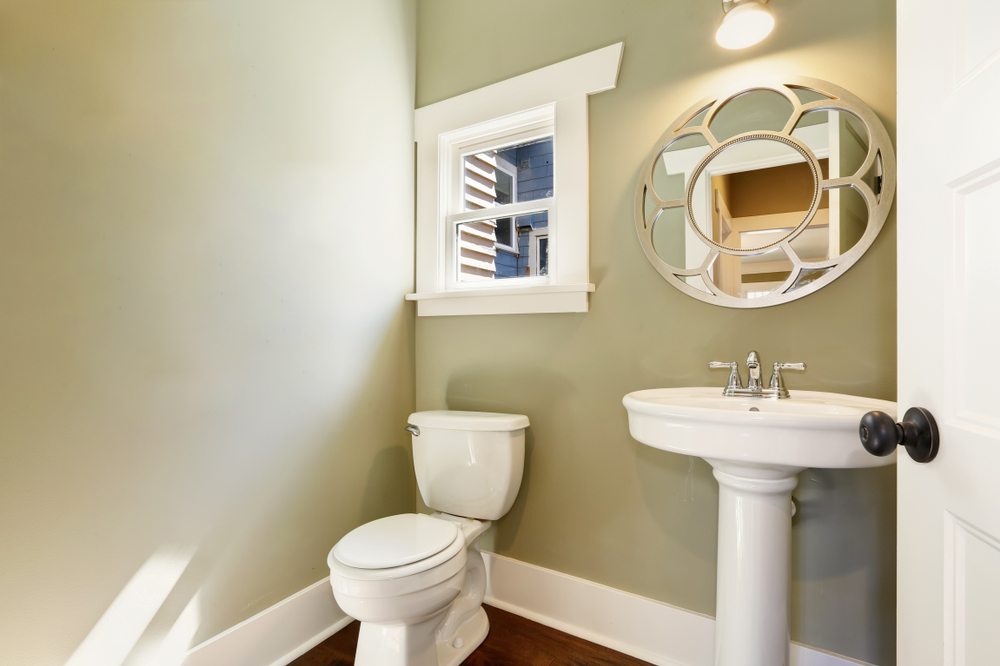In some ways, living in a home is like building a relationship with your property. Something drew you to it initially. Maybe the initial viewing left you with a great overall impression, and you could see yourself living there in the long term. Or perhaps it was simply the most affordable or convenient location for your lifestyle.
Eventually, as with any relationship, things will change. You discover that the place is too big, or doesn’t suit your needs as well as you’d thought. Your finances improve, you spend more time around the house, and discover small details that don’t seem right.
Relationships need work if they are to get better. So do houses, but it’s work of a different sort. A renovation or remodel can be a significant undertaking, especially if it’s your first time. But if it’s done right, you’ll be set for years to come. How can you make this sort of project less challenging?
Set a realistic scope and limitations
Today, most homeowners have access to a wide range of helpful information in seeing their projects through to completion. But the tools at our disposal are uneven in terms of quality. We are particularly skewed towards aesthetics and vision. Websites are loaded with attractive visuals to inspire you and give you fresh ideas.
This imbalance can lead to the problem of the never-ending project. Like opening one of those Russian nesting dolls, you start with a broad vision for remodeling, but as work progresses, small opportunities for improvement are uncovered. New ideas come to mind. The project is extended; more resources are allocated. You look back and wonder how you ever ended up spending so much time, money, and energy on this endeavor.
Whether you’re hiring a contractor or going the DIY route, home improvement projects can spiral out of control. This is bad for logistics, and it also puts you under a lot of stress. If you want to make matters easier from the get-go, make sure that the scope of the project is clear, and set a hard limit on logistics.
“I will remodel my home to look like this Scandinavian interior on Pinterest” is more open-ended than you’d think. It can give rise to too many possibilities and sub-projects. “I’ll repaint my walls white, floors light gray, and replace the old cabinets and furniture with multipurpose storage pieces in warm-toned wood” is far more specific. It allows you to properly plan and budget your work while achieving the same result.
Define and prioritize non-negotiables
With the scope of your project firmly established, it’s still vital to allow yourself some wiggle room within those limitations. Expect the unexpected; some costs will overrun, and deadlines might need to be extended.
Even though you should make reasonable allowances in those aspects, certain parts of the work must be considered non-negotiable. No matter what happens, they can’t be overlooked. For a DIY job, these could be basic first aid and safety tools needed as part of the setup for your construction site. It would make no sense for you to work all day to meet self-imposed deadlines only to get careless and suffer injury.
When you’re working with a contractor, the biggest non-negotiable could be the selection and vetting process itself. You might be willing and able to pay for quality materials, but if they have never worked on something similar to what you have in mind, your run the risk of being dissatisfied with the finished product.
Make a list of everything this project will require. Narrow that list down to a handful of items. You can use the Pareto principle; 20% as a rule of thumb will drive the bulk of your results. Set them at high priority; the rest can be adjusted on the fly.
Ensure good communication

Throughout a home improvement project, communication will play a significant role. Contractors need to understand your vision. They can subcontract their work to specialists. You or the general contractor might have to deal with various suppliers and local authorities.
At times, communication errors can lead to mistakes, similar to how the children’s game of ‘telephone’ plays out. But the consequences, in this case, are far less amusing. It costs practically nothing for you to ask questions and open up about your concerns throughout the process. Agree with your team on a specified frequency and channel of communication where you can get updates on their progress. Contractors might also be able to facilitate discussions by presenting case studies or 3D models to help you understand their recommendations.
Unlike relationships, you can use your resources to improve any aspect of a home. But it still takes a lot of effort. By covering these aspects, you’ll make the whole undertaking easier and start enjoying a better life as soon as possible.




